



Local workshops produce concrete pipes that farmers use to direct water flows to their land.
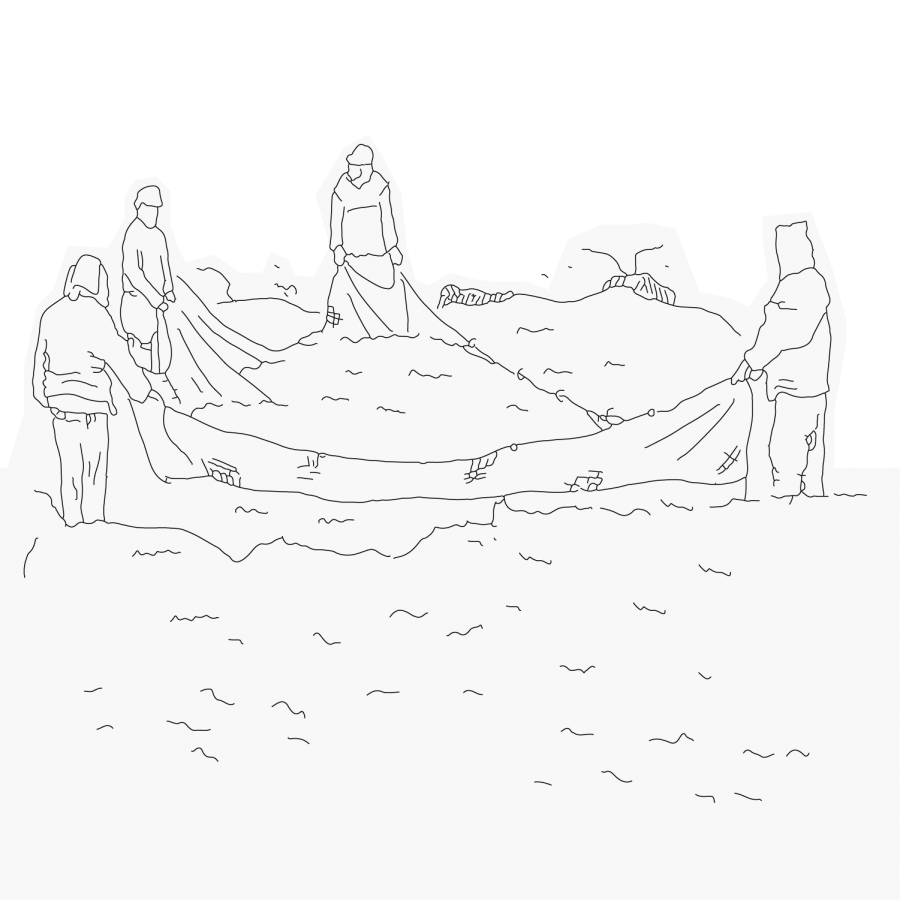
Labourers harvesting fish ponds with their nets.
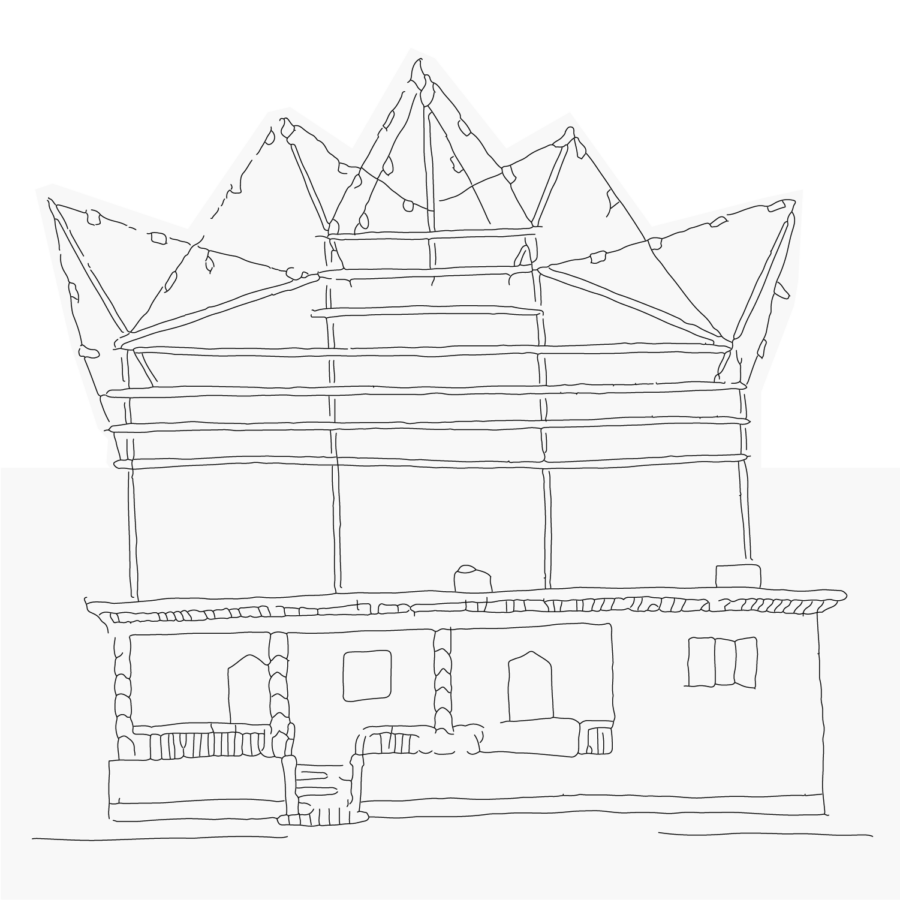
This type of installation announces a wedding; an important social event in the area.
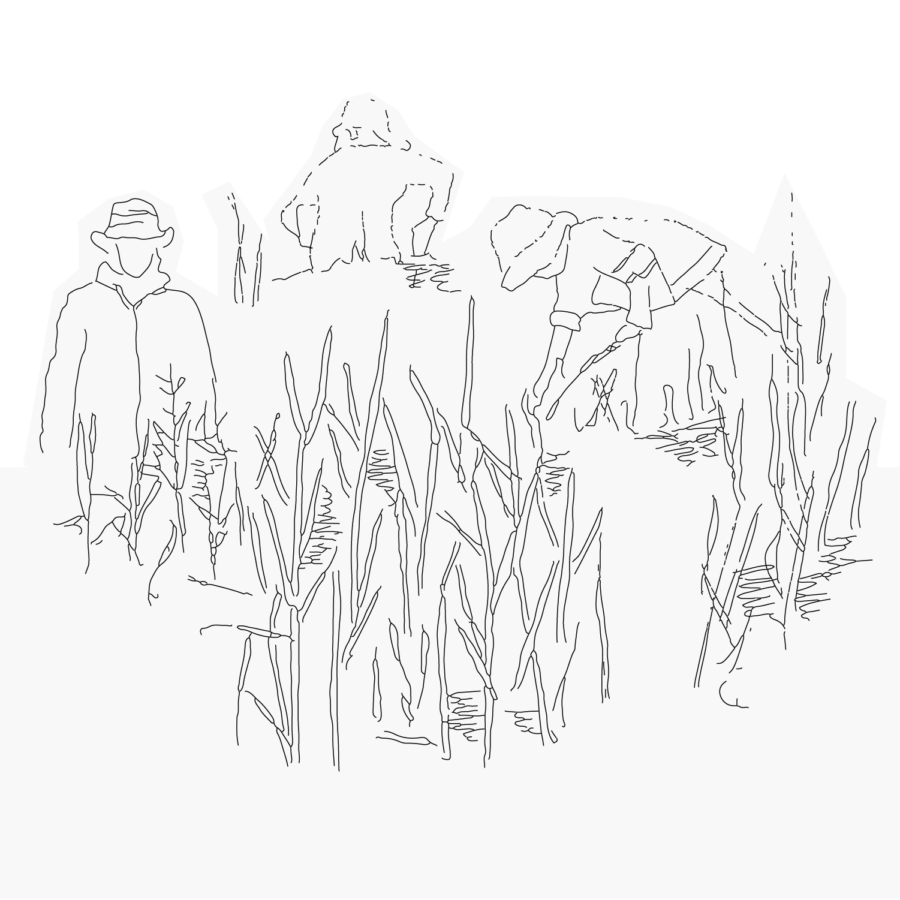
Fisherman are working
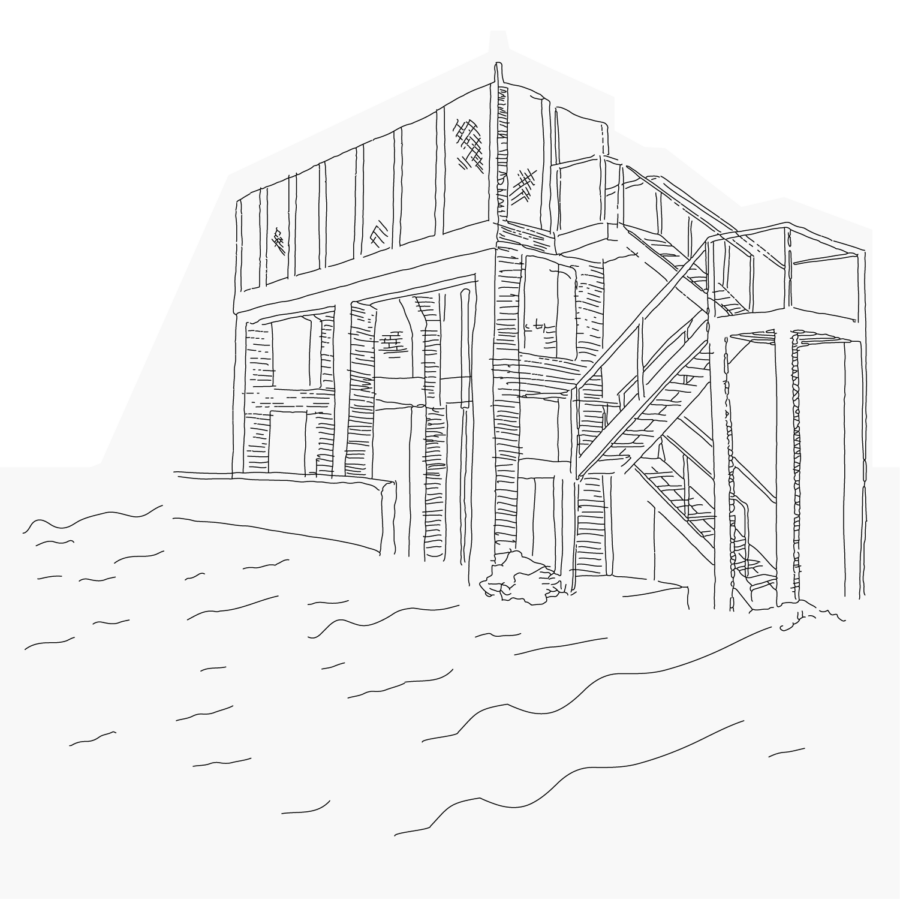
The intake gate of the branch canal.
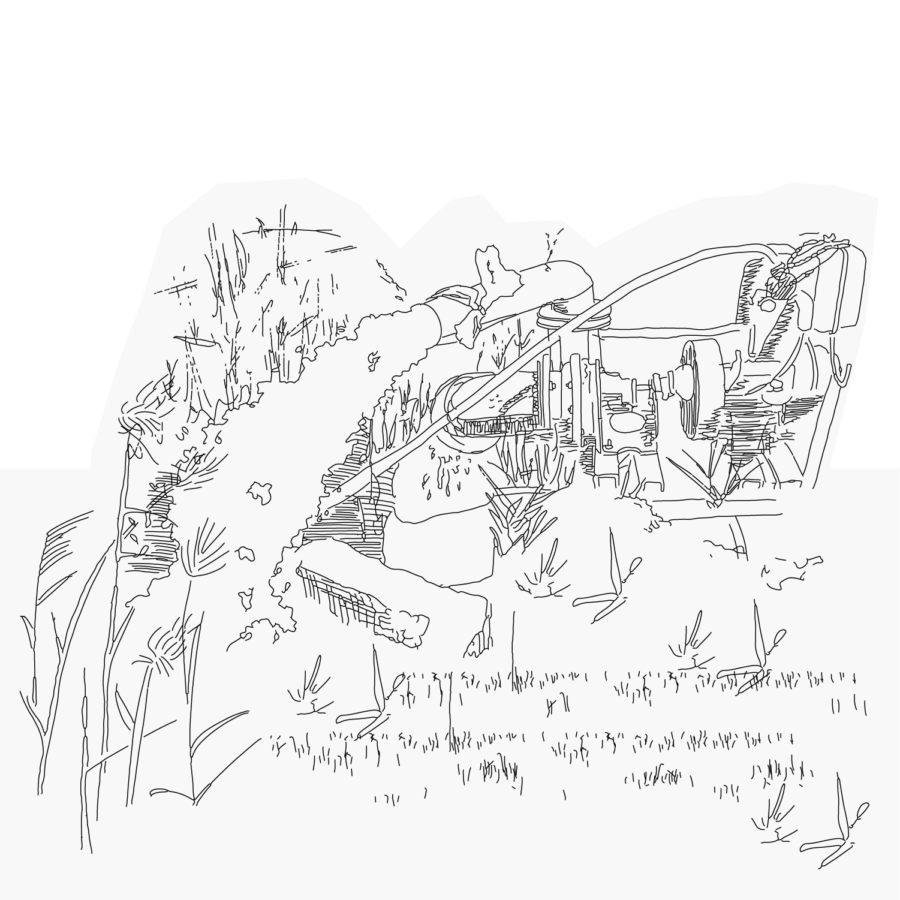
All around mobile diesel pumps are pumping up water from canals/drains.
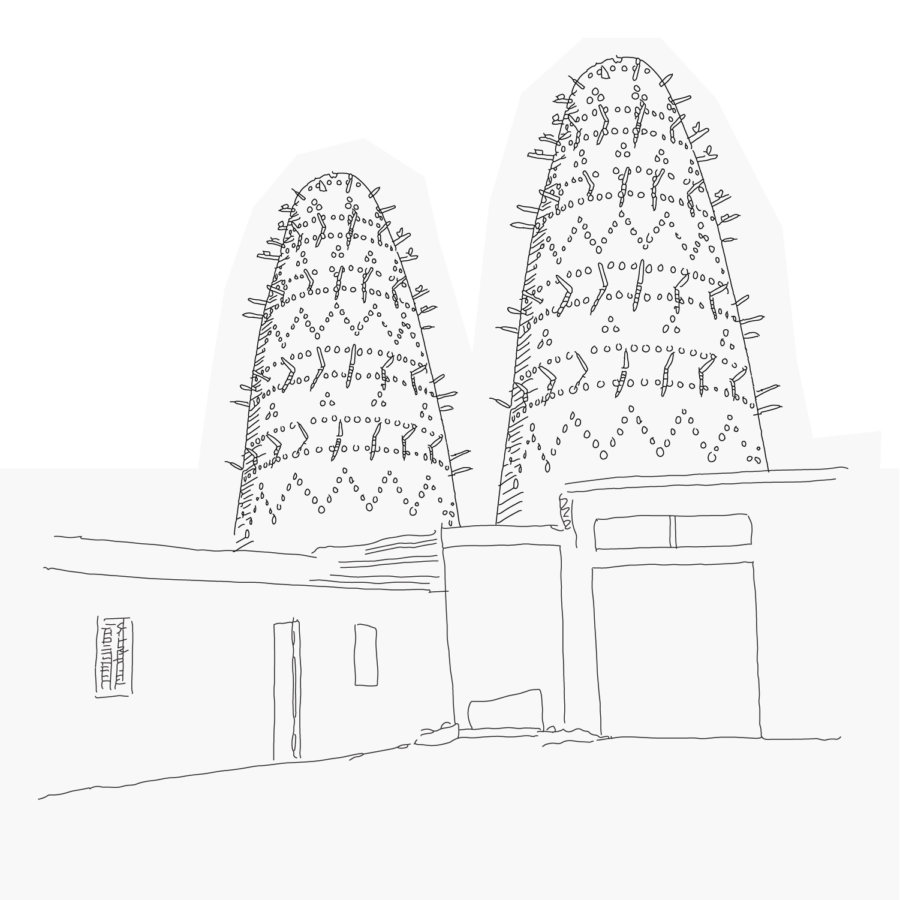
Pigeon towers indicating the great love that Egyptians have for these birds.

Mosque

Straw- and hay stacks from rice or wheat compressed for animal use.

A local market for fish, vegetables and other foods, located at the crossroads between the Salam canal and the Bahr el Baqar drain.
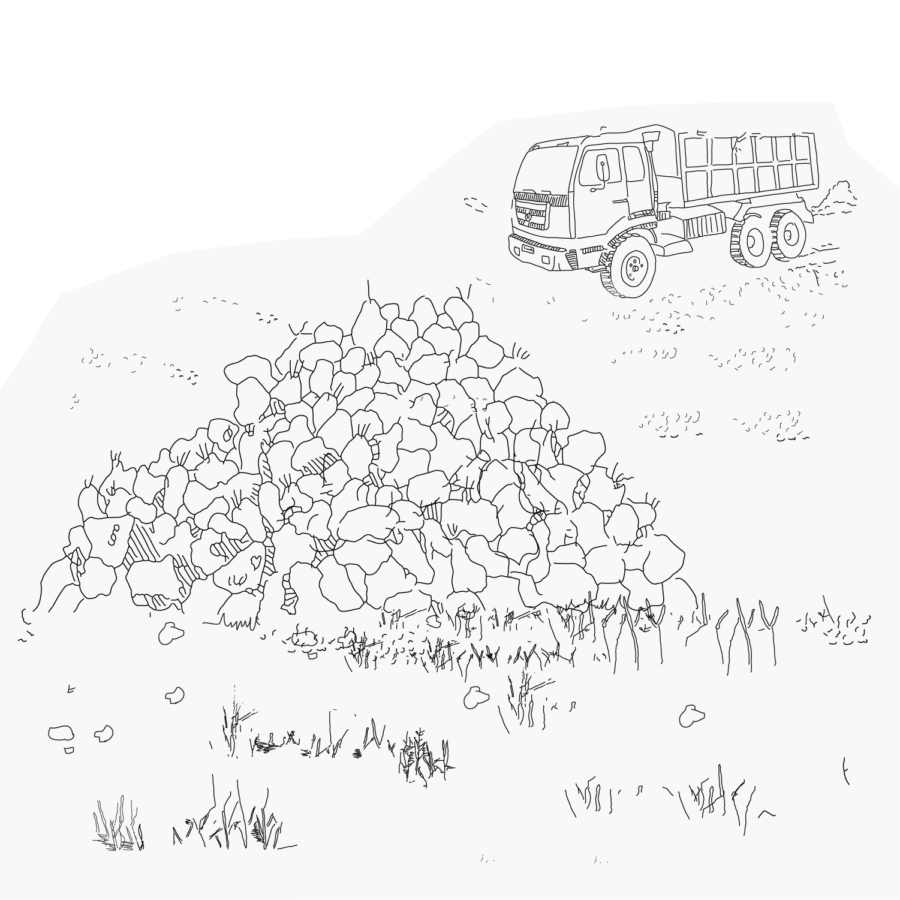
Piles of sugar beets waiting on the fields, to be collected by the sugar refinery.
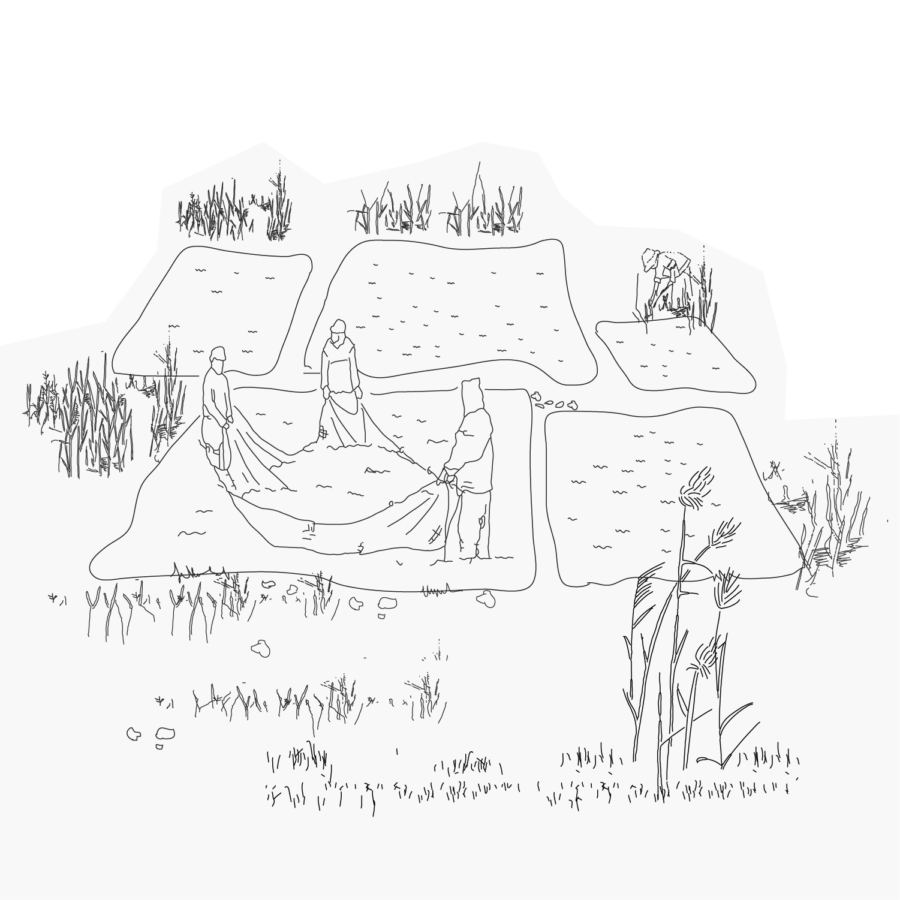
Fish farmers working in their ponds.
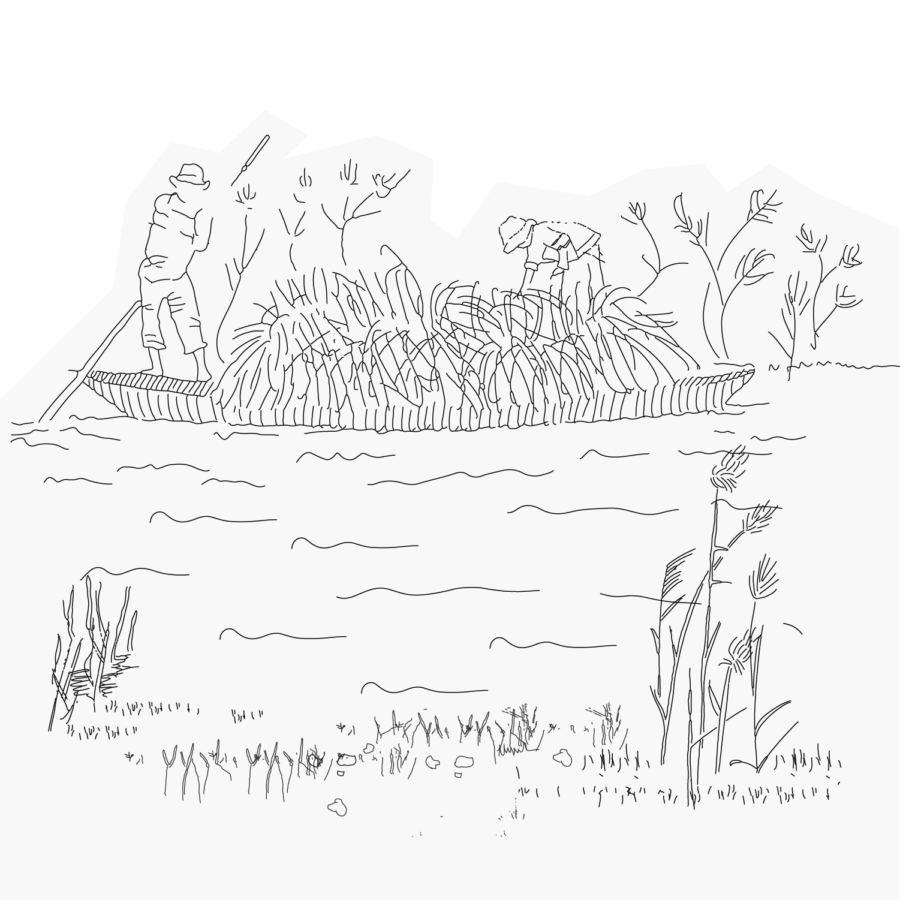
Collecting reeds along the water with a boat.
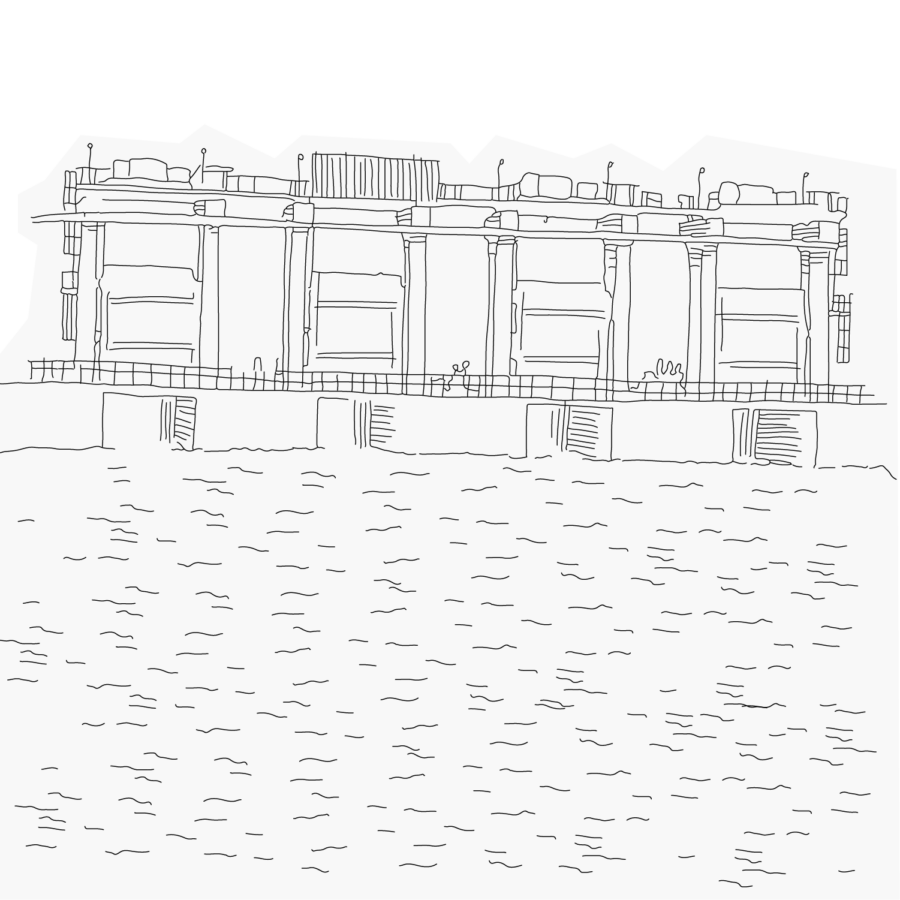
The siphon passing water passing underneath the Suez canal to Sinai.
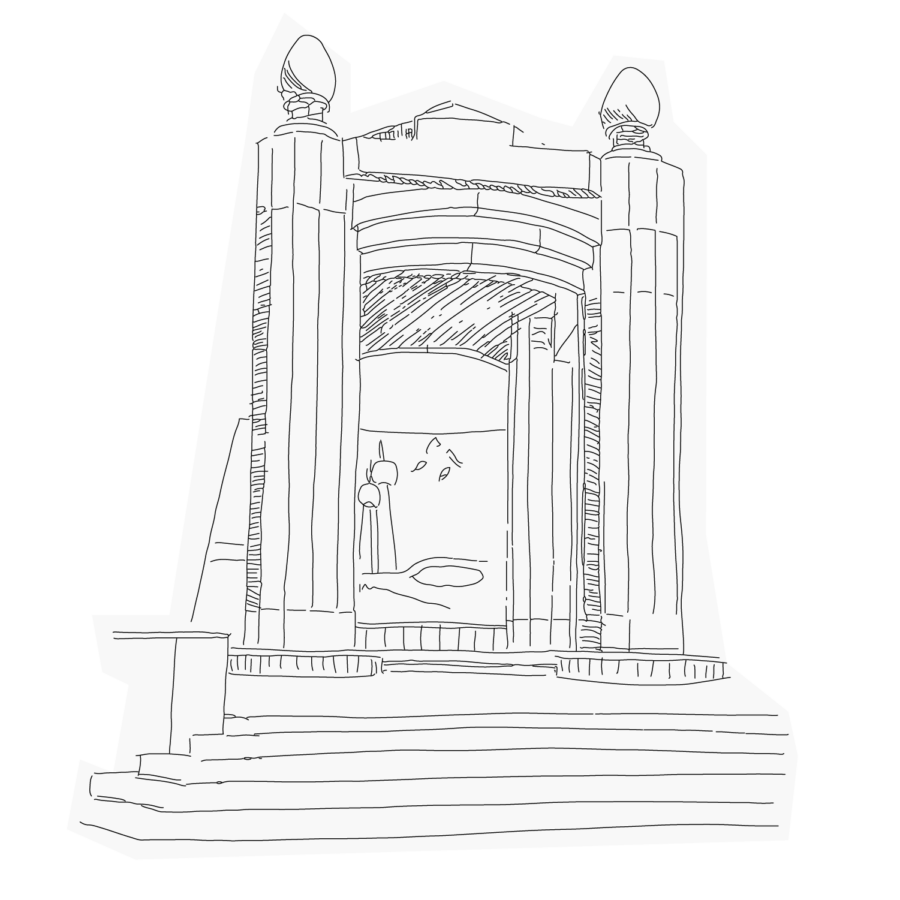
A monument that celebrates the inauguration of the siphon.
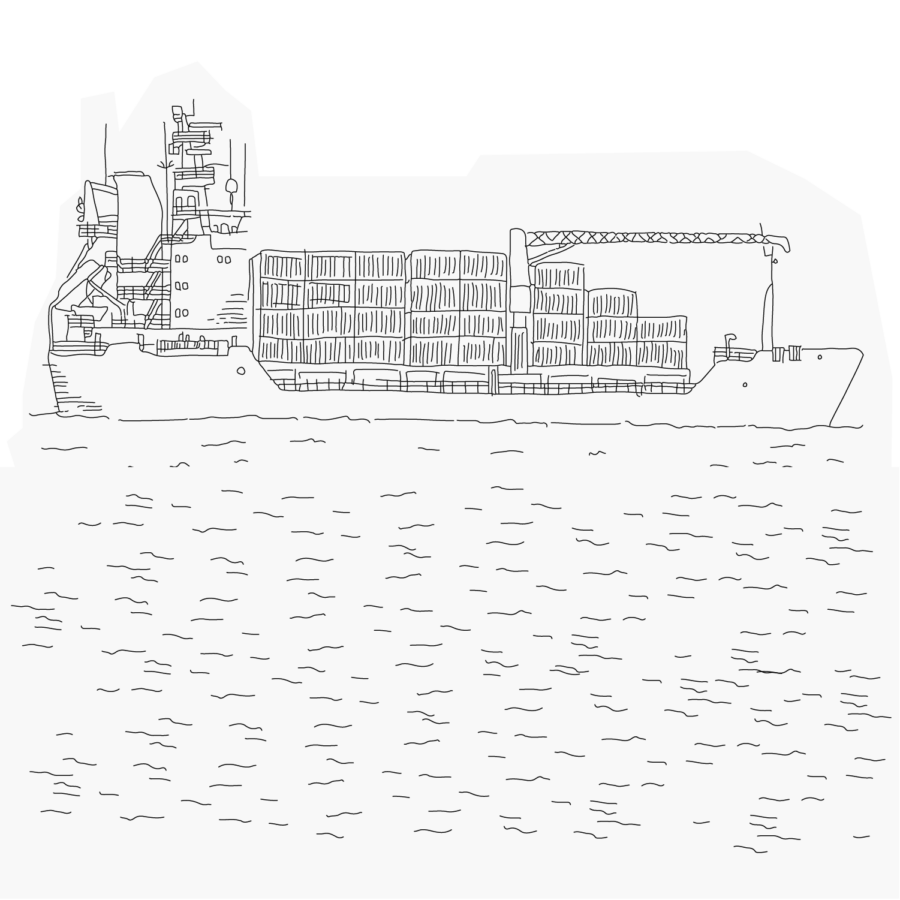
Huge container ships moving through the Suez canal.